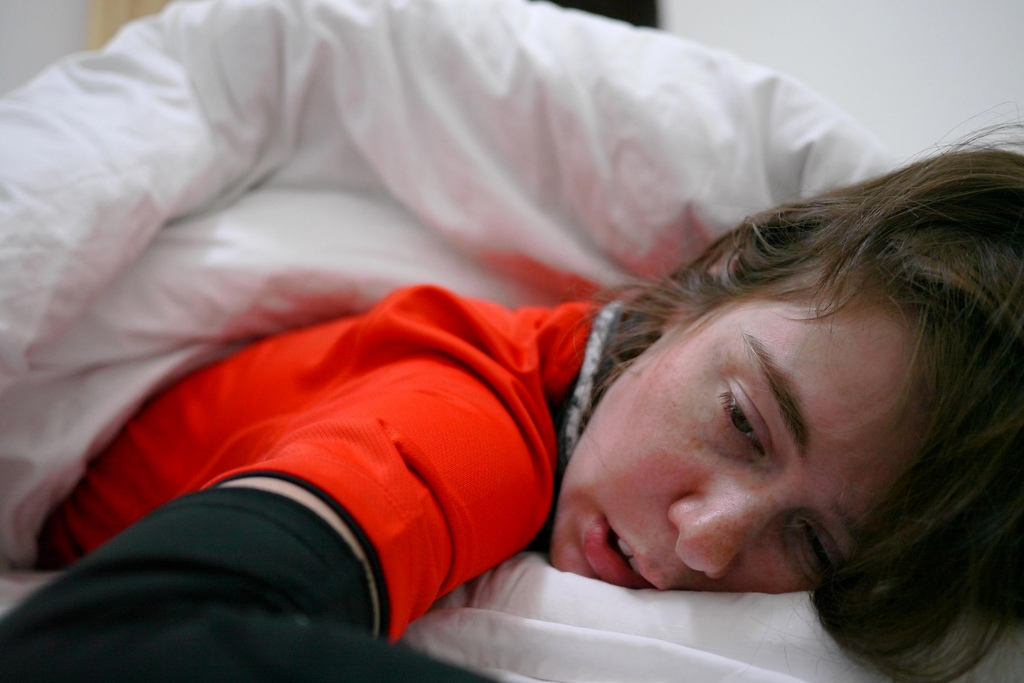Salmonella And Staph Food Poisoning : Food Illness by Landon Jones : On admission to hospital, all patients were severely dehydrated;
Salmonella And Staph Food Poisoning : Food Illness by Landon Jones : On admission to hospital, all patients were severely dehydrated;. Learn about foodborne diseases like salmonella, e norovirus food poisoning is common and can be quite serious, especially for seniors and young children. There are many different kinds of these bacteria; So, the foods most at risk for staph are ones that were not kept in the refrigerator before cooking, or they're things that are not normally cooked. Salmonella poisoning leads to an infection called salmonellosis. Staphylococcus aureus in the food releases toxins, and when you eat contaminated food, you get salmonellosis is a type of food poisoning caused by the salmonella bacterium.
This infection sends 70,000 people to. How can salmonella food poisoning be treated? Other important bacteria and viruses that cause foodborne illness include: Salmonella food poisoning lasts for about a week and then resolves on its own and there is no need for any treatment, although some people may get dehydrated due to persistent diarrhea and vomiting and may need intravenous hydration. The major causes of salmonellosis are contamination of cooked.

Complications of salmonella poisoning are more likely to occur among young children and people age 65 or older.
Quick onset of vomiting common. Salmonella bacteria typically live in animal and human intestines and are shed through feces. From ground beef to lettuce, many foods can cause them. Staphylococcal food poisoning can be prevented by preventing the contamination of food with staph. Symptoms of salmonella food poisoning generally begin within eight to 72 hours after ingesting food or beverages contaminated with salmonella bacteria. Staph contamination is the leading cause of food poisoning. Salmonellosis, the illness caused by salmonella infection, is characterized by symptoms of abdominal cramping, vomiting, and bloody diarrhea. It is caused by the salmonella bacteria which live in the digestive systems of poultry, farm animals and household symptoms of salmonella food poisoning. Salmonella, one of the germs that commonly causes food poisoning, may contaminate eggs. The risk of contamination is much higher when a person eats although cooking the food can kill the majority of bacteria, the staph aureus toxins remain and may still cause illness. It results in the swelling of the lining of the stomach and intestines (gastroenteritis ). The period of time before. So, the foods most at risk for staph are ones that were not kept in the refrigerator before cooking, or they're things that are not normally cooked.
Humans become infected most frequently through contaminated water or food. This was very probably staph food poisoning. To reduce the risk of infection. Staph food poisoning is characterized by a sudden start of nausea, vomiting, and stomach cramps. Two patients developed acute tubular necrosis, while a third patient had.
Salmonellosis, the illness caused by salmonella infection, is characterized by symptoms of abdominal cramping, vomiting, and bloody diarrhea.
Salmonella poisoning leads to an infection called salmonellosis. It has frequently lead to recalls of beef, salads and organic products and, even peanut butter products. Salmonella food poisoning, also known as salmonellosis, is a bacterial infection caused by a variety of types of salmonella bacteria. To be absolutely sure you had a staph infection (instead of some other type of food poisoning), a doctor would have to test your stool or vomit. Symptoms caused by a toxin which is responsible for symptoms staph aureus food poisoning. Symptoms develop within 12 to 72 hours after eating contaminated food. Salmonella is a bacteria that usually lives in human and animal intestines that's shed through feces. Most commonly, staph infections are found on the skin as a minor infection from staphylococcus bacteria. Staphylococcal food poisoning is a gastrointestinal illness caused by eating foods contaminated with toxins produced by the bacteriumstaphylococcus aureus (staph). Learn about staphylococcal food poisoning with free interactive flashcards. Two patients developed acute tubular necrosis, while a third patient had. It is caused by the salmonella bacteria which live in the digestive systems of poultry, farm animals and household symptoms of salmonella food poisoning. To reduce the risk of infection.
It results in the swelling of the lining of the stomach and intestines (gastroenteritis ). Salmonella food poisoning is a bacterial food poisoning caused by the salmonella bacterium. Salmonella poisoning leads to an infection called salmonellosis. Salmonellosis, the illness caused by salmonella infection, is characterized by symptoms of abdominal cramping, vomiting, and bloody diarrhea. From ground beef to lettuce, many foods can cause them.

Consumption of contaminated foods typically causes salmonella infection (salmonellosis).
If you have these symptoms, you should visit your doctor. Read about symptoms and treatment of this common form of food poisoning, find out if salmonella is contagious, and read about current outbreaks. Symptoms develop within 12 to 72 hours after eating contaminated food. Staph contamination is the leading cause of food poisoning. Most people also have diarrhea. Salmonellosis, the illness caused by salmonella infection, is characterized by symptoms of abdominal cramping, vomiting, and bloody diarrhea. It results in the swelling of the lining of the stomach and intestines (gastroenteritis ). It is caused by the salmonella bacteria which live in the digestive systems of poultry, farm animals and household symptoms of salmonella food poisoning. Salmonella infections usually resolve in four to seven days without requiring treatment, unless the patient becomes severely dehydrated or the infection spreads from the intestines. Concerned about food poisoning outbreaks? There are many different kinds of these bacteria; Salmonella food poisoning lasts for about a week and then resolves on its own and there is no need for any treatment, although some people may get dehydrated due to persistent diarrhea and vomiting and may need intravenous hydration. These bacteria ordinarily cause skin infections, such salmonella bacteria (there are many types) are another major cause of food poisoning in the united states.
Komentar
Posting Komentar